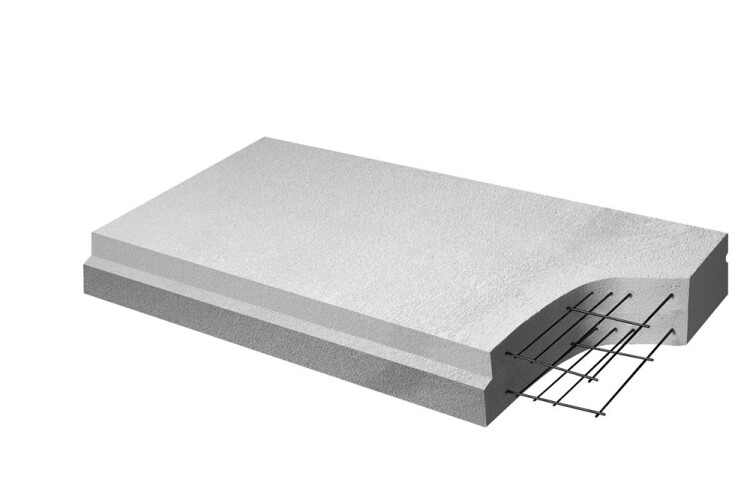The CLC is seeking to provide a single industry approach to the issue of crumbling, life-expired RAAC.
The CLC intends to conduct its own assessment of the current situation and risk levels, and then ‘support the design and delivery of any required remediation programmes across the public sector estate’.
The initiative will be led by Graham Watts, chief executive of the Construction Industry Council (CIC), which is totally different to the Construction Leadership Council. CIC is a forum of most of the industry’s professional bodies, including architects, surveyors and structural engineers (but not civil engineers; they quit in December 2019). The CLC is appointed by government, staffed by government officials, with membership from a wider range of industry vested interests.
The CLC said that it will set up its own expert panel, “supported by a communication and external engagement group to ensure that accurate information and guidance is provided to the industry and building owners”.
The industry has no shortage of experts who have been warning about RAAC panels for years.
In 1996 the Building Research Establishment (BRE) published an information paper stating that excessive deflections and cracking had been identified in many RAAC roof planks and there was evidence that reinforcement corrosion had occurred.
In 2002 the BRE released further information on the performance issues of RAAC roof planks advising that, although in-service performance was judged to be satisfactory, it would be prudent to monitor their actual performance after a number of years.
After part of the flat roof of a Gravesend primary school collapsed in 2018, the Standing Committee on Structural Safety recommended that all RAAC planks installed before 1980 should be replaced.

The problem has been getting the people that matter to listen. Even the Department for Education has struggled to be taken seriously on the issue. Together with the Local Government Association, it told local education authorities back in 2018 – five years ago – to ‘identify any properties constructed using RAAC’ and to ‘ensure that RAAC properties are regularly inspected by a structural engineer’. Believing that building owners were ignoring the threat of building collapses, the DfE issued a questionnaire to responsible bodies for all 22,000 schools to ask them to identify whether or not they had, or suspected, RAAC. Then, in late August, at the back end of the school holidays, an RAAC panel failed in a school in England. This was a panel that had previously been graded as non-critical.
More than 100 schools in England were told to avoid at-risk buildings a week before the new school year was about to begin.
Education secretary Gillian Keegan said: “Because children’s safety is our absolute priority, and it was right to make the difficult decision to change our guidance for education settings so that areas previously deemed to contain non-critical RAAC are now being closed.”
Graham Watts said: “While we anticipate that the majority of buildings that contain RAAC will remain safe, there is an urgent need to identify and remedy any risks to the public. As an industry we will support the programme of expert assessment of structures, both public and private, to identify where RAAC has been used and to deal with it to make it safe.
“We will be setting up two groups to take this work forward: a technical expert panel to co-ordinate our cross-industry response, as well as a communications group. We will be confirming the full membership of both groups shortly, and their work will start immediately.”
CLC industry side chair Mark Reynolds said: “The construction industry has a responsibility to ensure the safety and the confidence of the public in the buildings that are a part of the fabric of their daily lives.
“The CLC is working to co-ordinate a cross-sector response; marshalling technical expertise and industry capacity to support the government and building owners to develop an effective programme to assist with prioritising and mitigating the risks; and developing plans to remediate buildings where required.”
Got a story? Email news@theconstructionindex.co.uk



